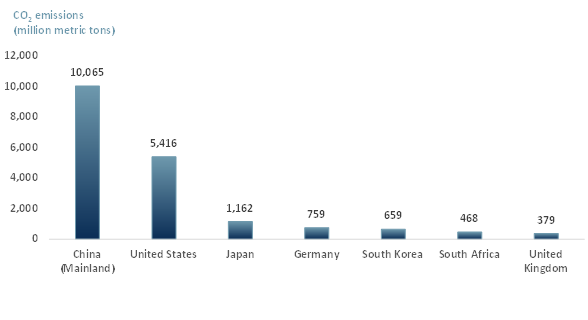Might climate friendly housing be another niche market that gets a dramatic boost?
Tim De Chant, a climate journalist and lecturer at MIT, reported in Undark on the 20th of August how households in the US use up almost 2x the amount of energy as households in Europe.
- US homes produce approximately one-fifth of the US’s greenhouse gas emissions (GHG) – this number is expected to have increased as a result of Covid.
- These high emission levels are due to most homes averaging an age of 37 years and continuing to be heated and powered by fossil fuels. This is why fossil fuels make up 80% of the country’s overall energy use.
- Travis Anderson, the director of design at Placetailor, an architecture and development cooperative based in Boston, Massachusetts, believes the issue is related to how well, or not well, homes are sealed.
- Even though some states have started implementing policies to control GHG emissions from residential homes, much work is needed to be done if the US expects to meet the Paris Agreement 2050 goal of limiting global warming to 2°C.
- The Massachusetts building code requires new homes built to be at least 15% energy efficient. The initial construction costs may be high, but city officials believe that homeowners will save in the long run.
- California on the other hand, has banned new natural gas supplies in homes, forcing construction firms to use only electrical appliances and heating.
- Benjamin Goldstein, a PHD researcher at the University of Michigan, does not think it is realistic to simply switch to electric use only, but rather homes need to go on a ‘diet’.
- The size of homes in the US has increased to 2,300 sq ft (214 sq mt) today up from 1,600 sq ft (149 sq mt) in the 1980s. Goldstein recommends smaller houses and more homes packed into denser areas, which he believes is not a big ask.
- In order to meet Paris targets, housing density will need to increase by 25% and single-family homes will need to decrease by 3%.
- Even though people may be reluctant to condense housing units, the Covid-19 pandemic has proven otherwise with many people having moved in with family members during the pandemic.
- According to a recent survey carried out by the Pew Research Center, approximately 22% of Americans relocated, or knew someone that did, as a result of Covid. The multigenerational housing appeal may continue long after the crisis.
Excess GHG emission levels are not limited to the US. It might seem that it is enough to condense homes on the one hand, on the other hand excessive electricity consumption could be linked to electricity prices. Many London homes are already notoriously small, as are many new builds.
Compared to Europe, US household electricity prices per kilowatt hour (KWh) are significantly lower, as shown in Exhibit 1 below. According to the data, US electricity prices are 60% lower than Germany, where the US has a population of 328m and Germany of only 83m.
Exhibit 1 – Global electricity prices by select country, 2018
 Sources: ACF Equity Research; World Energy Council
Sources: ACF Equity Research; World Energy Council
Exhibit 2 displays carbon dioxide (CO2) emissions by select countries and, not surprisingly, the US and China have the highest levels given their ‘cheaper’ electricity prices and the size of their populations.
Exhibit 2 – CO2 emissions by select country, 2018
 Sources: ACF Equity Research; Global Carbon Project
Sources: ACF Equity Research; Global Carbon Project
The Covid-19 pandemic has taught us several lessons:
- Reducing GHG emissions and lowering the carbon footprint is not far out of our control. Due to lockdown, many European cities had never seen clearer skies in perhaps 150 years with NO2 (nitrogen dioxide) emissions falling to 30% from 60% in Barcelona, Madrid, Milan, Paris and Rome.
What does this mean for capital markets?
As a result of the Covid-19 pandemic, many new niche markets have accelerated their development or newly emerged, such as PPE, vaccines, antibody tests, cleaning and sanitising products, AI and robots for the farming industry.
Efficient and climate friendly housing can easily be another niche that gets a dramatic boost.
Small and mid-cap companies have an opportunity here to not only work towards the Paris Agreement goals, but also create jobs for the many that became unemployed or furloughed as a result of the pandemic.
With ESG at the forefront of investment fund priorities for filtering out investment opportunities, efficient housing is a no brainer as an investment candidate.
Sustainable business activities and controlling the carbon footprint is now a priority for everyone – from large institutional fund managers to retail investors alike.
















